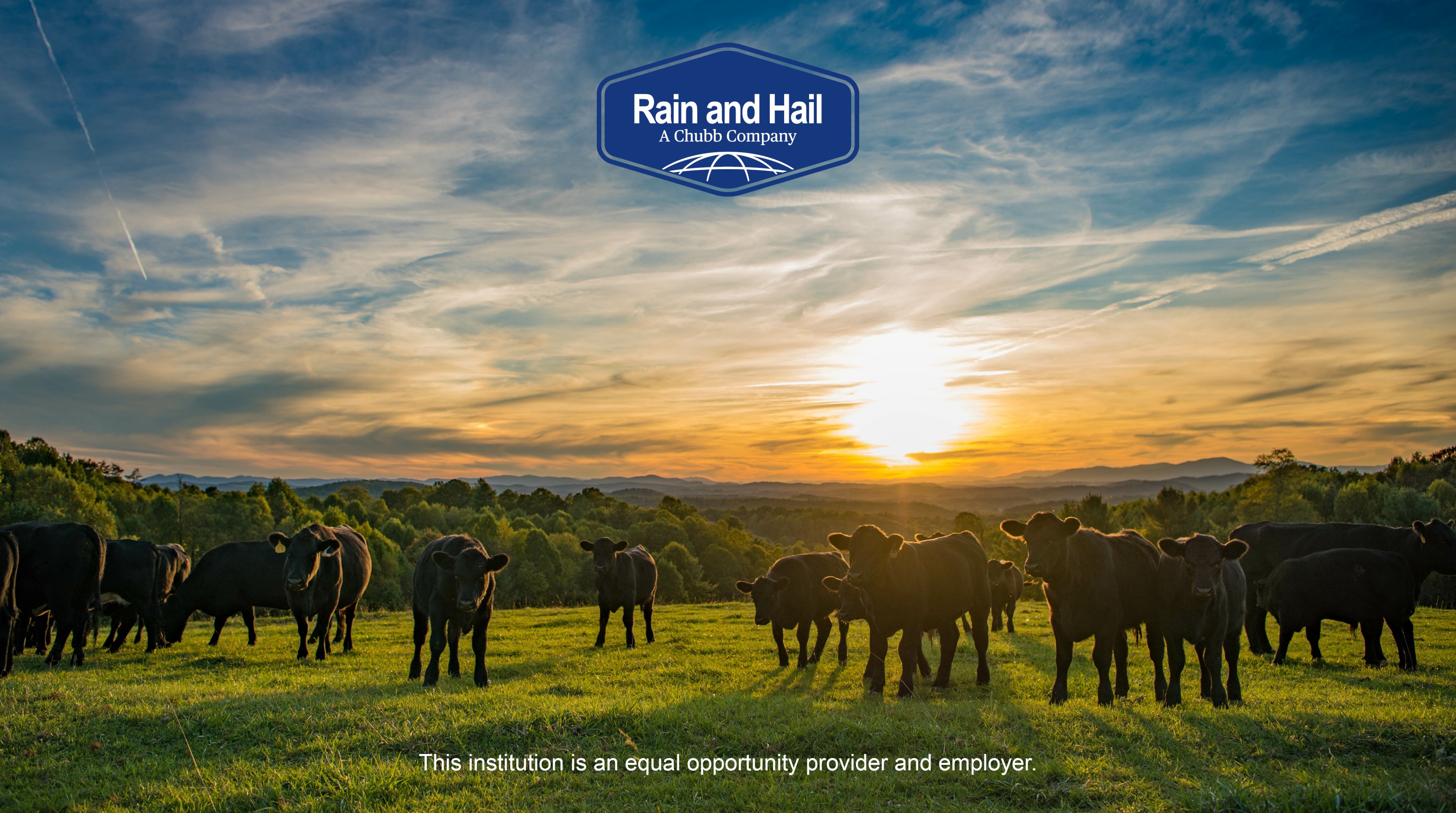Strategic Partnerships for Durability: Bagley Risk Management
Recognizing Animals Danger Defense (LRP) Insurance Coverage: A Comprehensive Guide
Navigating the realm of livestock danger defense (LRP) insurance can be a complicated endeavor for numerous in the agricultural industry. From how LRP insurance coverage operates to the different insurance coverage alternatives readily available, there is much to reveal in this detailed overview that might possibly form the method animals producers approach risk management in their businesses.

How LRP Insurance Coverage Works
Periodically, comprehending the technicians of Livestock Risk Protection (LRP) insurance policy can be complicated, yet damaging down exactly how it works can offer quality for breeders and farmers. LRP insurance is a threat monitoring tool developed to safeguard animals manufacturers against unforeseen cost declines. The policy permits producers to establish a protection degree based on their particular requirements, picking the variety of head, weight array, and protection rate. When the plan remains in area, if market costs drop below the coverage cost, manufacturers can file a case for the difference. It is very important to note that LRP insurance is not a revenue assurance; rather, it concentrates only on price risk defense. The coverage period usually varies from 13 to 52 weeks, offering versatility for producers to select a period that aligns with their manufacturing cycle. By making use of LRP insurance, breeders and farmers can minimize the economic risks connected with rising and fall market prices, making sure better security in their procedures.
Eligibility and Protection Options

When it comes to coverage alternatives, LRP insurance offers manufacturers the adaptability to pick the insurance coverage degree, protection period, and endorsements that finest suit their threat monitoring demands. By recognizing the qualification requirements and coverage options available, animals manufacturers can make enlightened decisions to take care of risk effectively.
Benefits And Drawbacks of LRP Insurance Policy
When reviewing Livestock Threat Defense (LRP) insurance coverage, it is vital for livestock manufacturers to evaluate the advantages and drawbacks inherent in this threat administration tool.

Among the primary advantages of LRP insurance coverage is its capability to offer defense versus a decline in animals rates. This can help safeguard producers from economic losses arising from market fluctuations. Furthermore, LRP insurance uses a degree of adaptability, permitting producers to personalize insurance coverage degrees and policy durations to fit their details demands. By securing an assured cost for their animals, manufacturers can much better handle danger and prepare for the future.
One limitation of LRP insurance policy is that it does not secure against all kinds of dangers, such as condition break outs or natural calamities. It is essential for manufacturers to very carefully examine their individual danger direct exposure and monetary situation to establish if LRP insurance coverage is the appropriate danger monitoring tool for their operation.
Understanding LRP Insurance Premiums

Tips for Making Best Use Of LRP Benefits
Optimizing the benefits of Livestock Risk Security (LRP) insurance policy requires strategic preparation and aggressive danger monitoring - Bagley Risk Management. To take advantage of your LRP insurance coverage, think about the following pointers:
Consistently Assess Market Conditions: Stay informed regarding market patterns and cost changes in the animals market. By keeping an eye on these elements, you can make enlightened decisions concerning when to acquire Click Here LRP coverage to shield versus potential losses.
Set Realistic Protection Levels: When picking protection levels, consider you can try this out your manufacturing expenses, market worth of animals, and prospective dangers - Bagley Risk Management. Setting practical coverage degrees guarantees that you are adequately safeguarded without paying too much for unnecessary insurance policy
Diversify Your Protection: Instead of counting exclusively on LRP insurance coverage, consider diversifying your danger management techniques. Integrating LRP with other danger administration tools such as futures contracts or alternatives can provide extensive coverage against market unpredictabilities.
Testimonial and Change Protection Consistently: As market problems transform, regularly evaluate your LRP coverage to guarantee it aligns with your present threat exposure. Changing protection degrees and timing of purchases can assist optimize your threat protection technique. By adhering to these ideas, you can optimize the benefits of LRP insurance policy and safeguard your animals procedure against unanticipated dangers.
Final Thought
To conclude, animals danger protection (LRP) insurance coverage is an important device for farmers to take care of the monetary dangers connected with their livestock procedures. By comprehending exactly how LRP functions, qualification and insurance coverage alternatives, along with the benefits and drawbacks of this insurance policy, farmers can make educated choices to protect their livelihoods. By meticulously considering LRP premiums and executing methods to make best use of benefits, farmers can mitigate potential losses and guarantee the sustainability of their operations.
Animals producers interested in acquiring Livestock Danger Security (LRP) insurance can check out an array of eligibility standards and coverage options tailored to their details livestock operations.When it comes to insurance coverage options, LRP insurance provides manufacturers the versatility to select the protection level, insurance coverage duration, and endorsements that best fit their danger monitoring demands.To grasp the complexities of Livestock Threat Protection (LRP) insurance coverage totally, understanding the aspects influencing LRP insurance premiums is critical. LRP insurance coverage costs are figured out by numerous aspects, consisting of the insurance coverage degree chosen, the expected cost of livestock at the end of the this coverage duration, the type of livestock being insured, and the length of the protection duration.Testimonial and Change Coverage Frequently: As market problems alter, regularly review your LRP protection to ensure it aligns with your existing threat exposure.